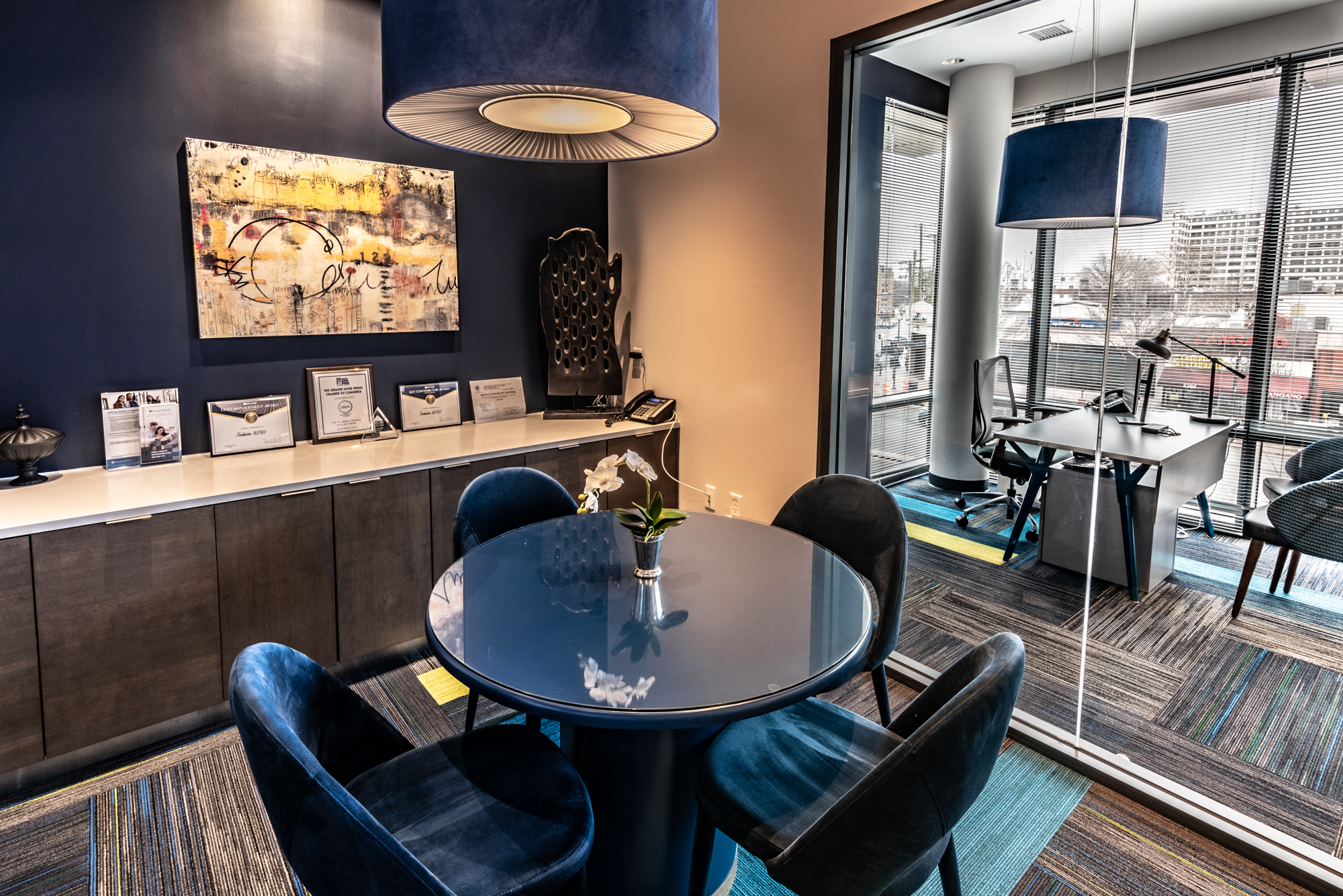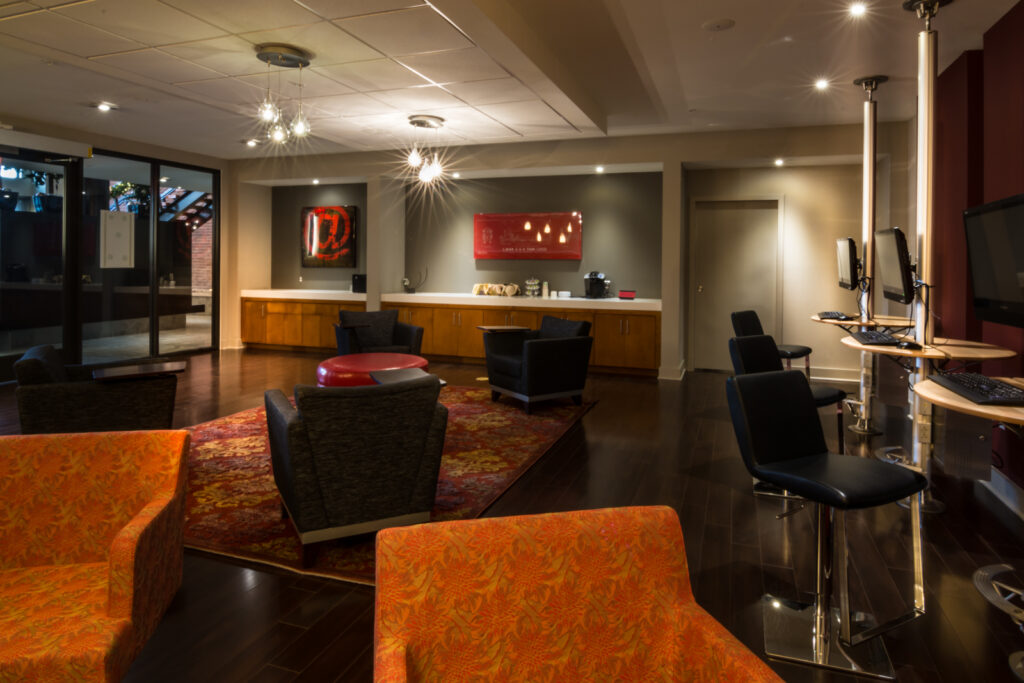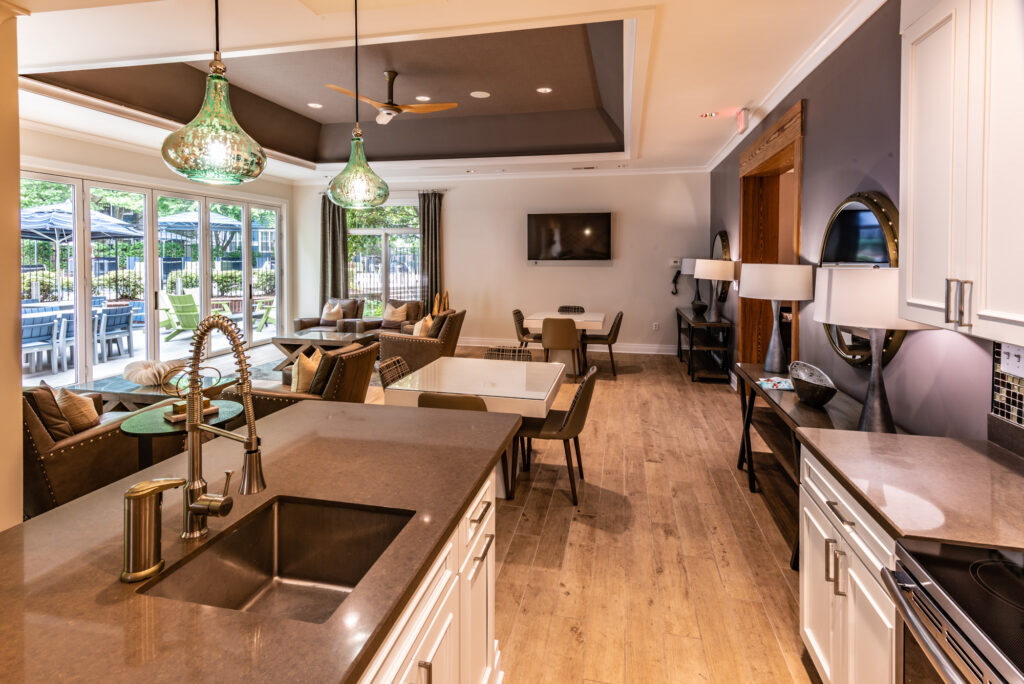
The credo of a designer, any designer, is to stay abreast of the trends – classic, current, but most fundamentally, future trends. The multifamily designer is tasked with predicting the trends three to four years ahead as it takes two to three years to deliver a new building. In that time, the neighborhood will have changed, especially those “up-and-coming” neighborhoods, and prospective residents will be expecting more or different amenities and functions in their units.
Until March 2020, the best way to forecast the four-year trend was to study the demographics and particularly the culture and habits of the next generation, those graduating from college now and next year. We had names for them all – Gen X, Millennials, and literally the new kids in town, Gen Z. The trends would follow the generations.
Covid-19 has changed all that. In 2 months, this crisis has bulldozed our culture; in ways, we do not yet comprehend. We are not talking about generational changes anymore; we are looking at a forced and immediate lifestyle change. A violent snowstorm or hurricane might shut down the city for a few days, but what we are living through now is a worldwide blow to all cultures. There is no doubt it will impact everything, including expectations, trends, and lifestyles.
Can we imagine how this shock to our culture will impact our lives? For multifamily designers, we must take a new and profound look at life in a community, as well as life in a residential unit. Telecommuting had been on the rise for years, but only a few industries truly embraced it and equipped their staff to be productive from home. Albeit forced into it, today, everyone I know works from home. At first, it feels a bit cumbersome, but like everything else, we get used to it, and gradually it feels more normal. With the current 8-10 weeks or longer of practice, there is no doubt this will significantly impact our approach to designing personal and public spaces.

Opened in 2015, when business centers were still the norm, designed by SR/A
Decades back, residential buildings started offering business centers; they were replaced by co-working spaces in the last few years. The question now is, what is next?
It makes sense to think that residents will increasingly expect a permanent, complete office set up in the privacy of their unit?
We believe units will continue to shrink, or at least hold steady in their small size; therefore, we see units becoming more adaptable and multi-functional as a standard.
Consequently, amenities will evolve towards more shared spaces and services such as – community kitchens, tended bars and coffee shops, organized interest groups, vegetable gardens, outdoor entertainment, etc.

Communal kitchens like this one will become the norm, designed by SR/A
Additionally, the rise of telecommuting will naturally lead to less driving, which means fewer cars and fewer parking spaces and potentially workers moving farther away from downtowns towards suburban town centers where the units are larger and would accommodate a more comfortable office space.
Being a designer today is more challenging and more exhilarating than it has ever been. We must comprehend the new working practices, the new work/life ratio, and re-shape the concept of life in a building community.
But above all, let us never forget that we are responsible for the environment in which people live their lives and we must create alternatives that will better the quality of their daily life, no matter what the trends.
About the Author:
Sabine Roy, CEO + President of SR/A Interior Design. Without any irony, I like to say that the team I lead at SR/A embodies my same professional philosophy – we design without ego (listening to and embracing feedback), we always seek to keep it fun (incorporating dashes of the unexpected into our designs) and are firmly grounded in the real world (creating great work while staying within a budget).